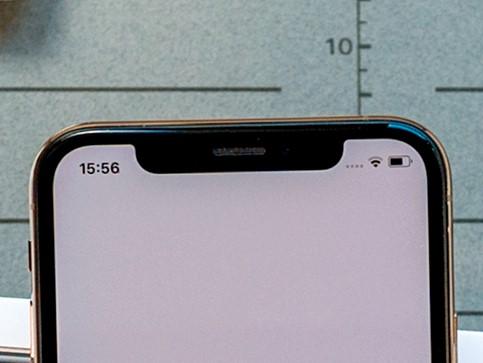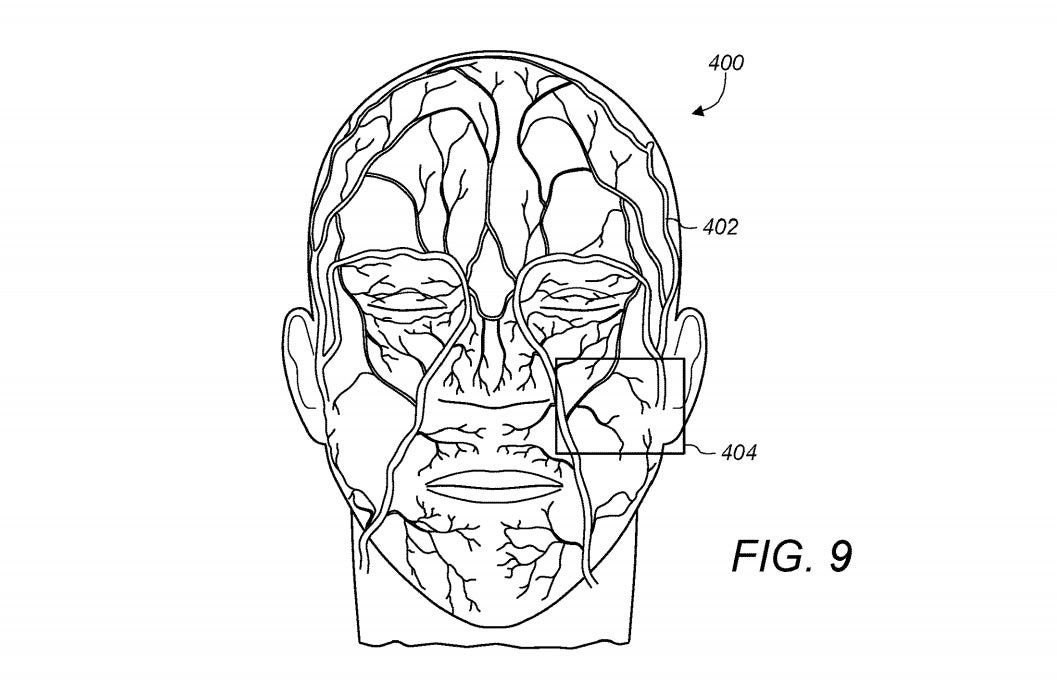New iPhone: Apple leak reveals bizarre new feature that scans veins in your face
'Subepidermal imaging' could prevent people wearing masks from unlocking other people's iPhones and iPads

Apple is not set to announce its 2019 iPhone for another six months but rumours are already circulating about what the tech giant has planned.
One of the most intriguing leaks to emerge is a bizarre new version of Apple’s Face ID facial recognition technology – a feature that allows iPhone owners to unlock their phone, make payments, and access sensitive data using their face.
A patent for the technology explains how something called “subepidermal imaging” could improve the authentication process for a device by scanning the veins and blood vessels in a person’s face.
“Assessment of the subepidermal features may be used to distinguish between users that have closely related facial features (eg, siblings or twins),” the patent states.
“In addition, assessment of subepidermal features may be used to prevent unlocking of the device by an unauthorised user wearing a mask or using another face replication method.”
First spotted by BGR, the patent suggests Apple could introduce the biggest revamp to its Face ID technology since it was first launched in 2017 with the iPhone X.
Face ID currently consists of a sensor that invisibly projects and scans a grid of infrared dots onto a person’s face. It is able to identify different facial features, as well as glasses, clothing, makeup and facial hair.
Up until now, Face ID has struggled to differentiate between identical twins, though Apple claims it is still significantly more advanced than its Touch ID fingerprint scanner.

The creating and storing of facial maps have inevitably led to concerns from privacy advocates, who worry about the implications if such data was accidentally leaked and fell into the hands of malicious actors.
“I think we should be quite worried,” Jay Stanley, a senior policy analyst at the American Civil Liberties Union, told The Independent when the technology was first announced.
“The chances we are going to see mischief around facial data is pretty high – if not today, then soon, and if not on Apple then on Android.”
It is not clear whether Apple plans to introduce the new subepidermal technology to Face ID in its 2019 range of iPhones and iPads, as the company does not comment on rumours surrounding forthcoming products.
Join our commenting forum
Join thought-provoking conversations, follow other Independent readers and see their replies
Comments
Bookmark popover
Removed from bookmarks